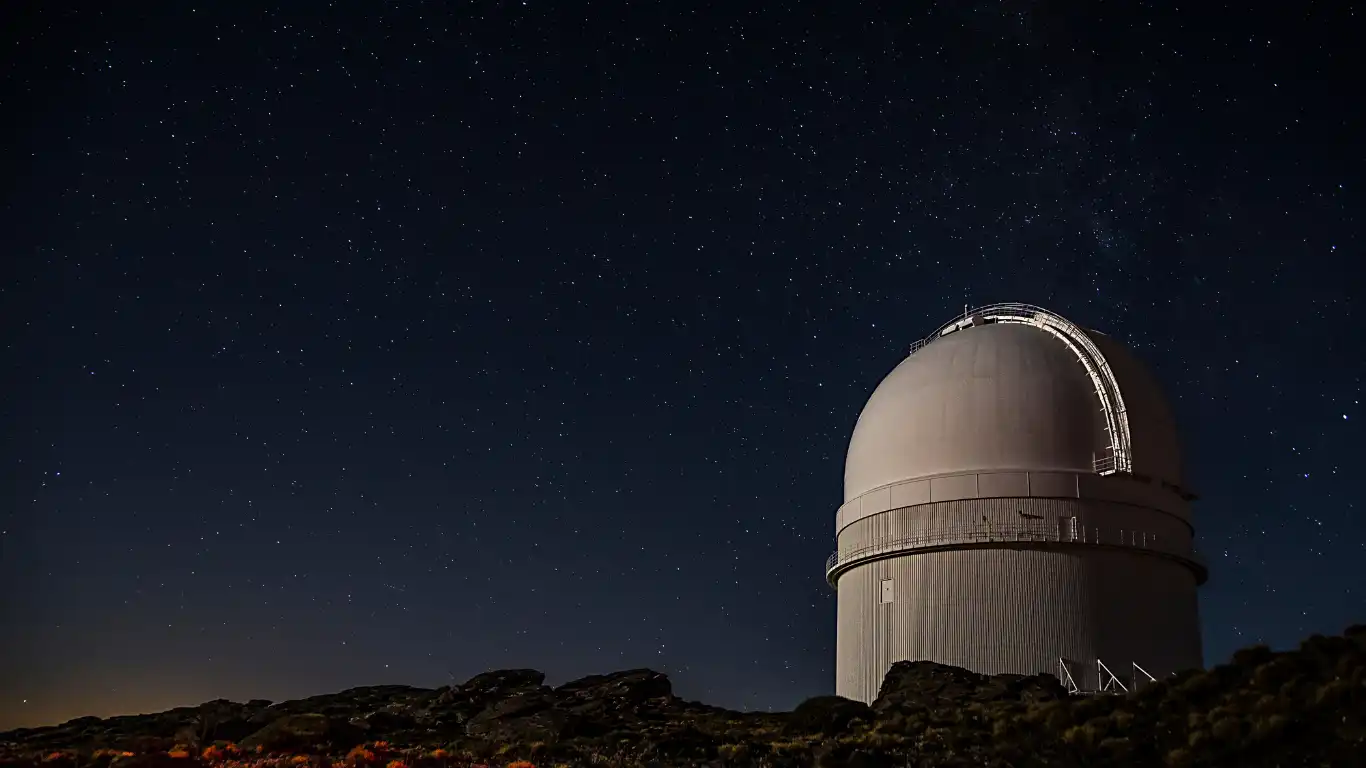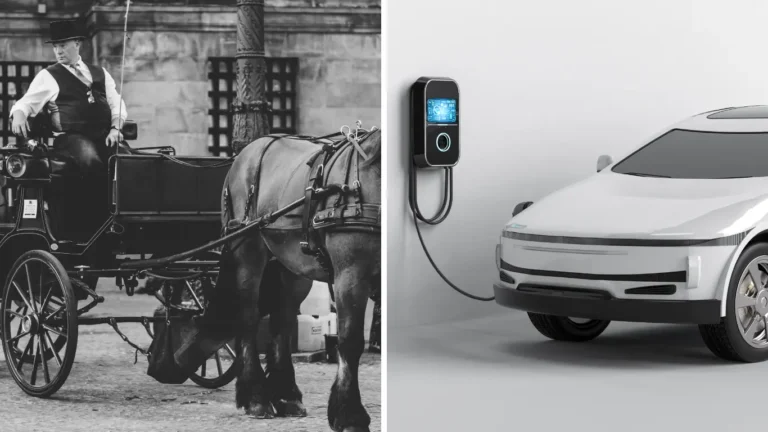Relation Between Human Action and Climate in the Ancient Era
In ancient times, humanity lived closely with nature, relying on its rhythms for survival. The connection between human actions and climate was perceived as both mystical and essential, forming the backbone of many rituals, traditions, and early forms of agriculture. While modern science was far from their grasp, ancient civilizations intuitively understood the critical role that weather and seasons played in fostering crops, sustaining agriculture, and ensuring societal growth.
For instance, early agrarian societies observed how seasonal rains, such as the monsoons in South Asia or the flooding of the Nile in Egypt, determined the success or failure of harvests. These patterns were so vital that they became enshrined in religious rituals, overseen by priests and spiritual leaders who sought to predict or influence the weather. Ancient texts and calendars, such as the Mayan and Hindu ones, reflect an advanced awareness of seasonal cycles.
Though primitive by today’s standards, these early observations hinted at the delicate balance between nature and human survival. The reverence for weather and the fear of its variability marked humanity’s first steps toward understanding the importance of climate. This period laid the foundation for recognizing that external forces, whether divine or natural, played a significant role in shaping life on Earth.
Theoretical Era in the 19th Century
The 19th century was pivotal in developing our understanding of Earth’s climate system, particularly concerning the greenhouse effect and the role of atmospheric gases in regulating planetary temperatures.
Joseph Fourier (1768–1830): In 1824, French mathematician and physicist Joseph Fourier proposed that Earth’s atmosphere acts as an insulating layer, trapping heat and maintaining a stable climate. He compared this effect to a greenhouse, where sunlight passes through transparent walls and warms the interior. Fourier’s work was among the first to suggest that the atmosphere plays a crucial role in regulating Earth’s temperature.
Eunice Newton Foote (1819–1888): In 1856, American scientist Eunice Newton Foote conducted experiments demonstrating that the warming effect of the Sun is greater for air with water vapor than for dry air, and that the effect is even more pronounced with carbon dioxide. She concluded that an atmosphere rich in carbon dioxide would lead to a higher planetary temperature. Foote’s experiments were pioneering, though her contributions were largely overlooked in her time.
John Tyndall (1820–1893): Irish physicist John Tyndall furthered the understanding of the greenhouse effect in the 1850s and 1860s. He conducted experiments measuring the absorption of infrared radiation by various gases, including water vapor, carbon dioxide, and methane. Tyndall’s work provided empirical evidence that these gases trap heat in the atmosphere, significantly influencing Earth’s climate.
Svante Arrhenius (1859–1927): Swedish scientist Svante Arrhenius is renowned for his 1896 paper, “On the Influence of Carbonic Acid in the Air upon the Temperature of the Ground,” where he developed a model quantifying the impact of atmospheric carbon dioxide on Earth’s surface temperature. Arrhenius calculated that a doubling of CO₂ levels could lead to a temperature increase of approximately 5–6°C, highlighting the potential for human activities, such as fossil fuel combustion, to alter the global climate.
These foundational studies established the scientific basis for understanding the greenhouse effect and set the stage for future research into anthropogenic climate change.
Empirical Era in the 20th Century
The 20th century marked a turning point in the study of climate change, as advancements in technology and data collection transformed theoretical insights into empirical evidence. This era saw pioneering scientists building upon earlier work to demonstrate the measurable impacts of human activity on the Earth’s climate.
Charles David Keeling and the Keeling Curve:
In 1958, Charles David Keeling initiated a groundbreaking effort to measure atmospheric carbon dioxide (CO₂) levels at the Mauna Loa Observatory in Hawaii. His meticulous data collection revealed a steady annual increase in CO₂ concentrations, producing the now-famous “Keeling Curve.” This dataset was the first to provide clear evidence of rising greenhouse gases driven by human activities such as fossil fuel combustion. The Keeling Curve became a cornerstone for understanding the link between human emissions and global climate change.
James Hansen and Global Warming Awareness:
In the 1980s, NASA scientist James Hansen played a pivotal role in raising awareness about global warming. In his 1988 testimony before the U.S. Congress, Hansen presented data demonstrating a clear warming trend and attributed it to the greenhouse effect caused by rising CO₂ levels. His work brought climate change into the public and political spotlight, marking the beginning of widespread recognition of the issue.
Wallace Broecker and the Term “Global Warming”:
In 1975, Wallace Broecker, a geoscientist at Columbia University, introduced the term “global warming” in a seminal paper titled “Climatic Change: Are We on the Brink of a Pronounced Global Warming?” Broecker’s work highlighted the potential for human activities to cause significant warming by disrupting the balance of the Earth’s carbon cycle. This term has since become central to discussions about climate change, capturing the essence of the phenomenon in public discourse.
Ice Core Studies:
Another significant advancement during this period came from the analysis of ice cores extracted from Antarctica and Greenland. These cores, containing air bubbles trapped over millennia, offered a direct record of past atmospheric composition and climate conditions. Scientists discovered a striking correlation between CO₂ concentrations and global temperatures, confirming the role of greenhouse gases in Earth’s climatic history. Furthermore, the rate of modern temperature and CO₂ increases was shown to be unprecedented in at least the last 800,000 years, highlighting the anthropogenic nature of contemporary climate change.
Advancements in Climate Modeling:
The development of powerful computers in the mid-20th century enabled scientists to build complex climate models. These models incorporated data on greenhouse gas emissions, solar radiation, ocean currents, and other factors to simulate Earth’s climate. By the 1970s, climate models were accurately predicting the consequences of increased greenhouse gas emissions, aligning closely with observed data. This marked a major step forward in understanding how human actions could influence global climate patterns.
The empirical era provided a wealth of evidence that substantiated theoretical predictions about climate change. From Keeling’s precise measurements to Hansen’s impactful advocacy, Broecker’s terminology, and the revelations of ice core studies, this period solidified the scientific consensus on anthropogenic climate change and laid the groundwork for international policy and action.
Scientific Consensus and Global Recognition of Climate Change
As empirical evidence of climate change mounted, the global scientific community began to achieve consensus on its causes and consequences. By the late 20th century, this consensus extended beyond academia to international organizations, policy makers, and the broader public. This shift laid the groundwork for collective action and global agreements aimed at mitigating climate change.
The Role of the IPCC:
The establishment of the Intergovernmental Panel on Climate Change (IPCC) in 1988 marked a watershed moment in the global recognition of climate change. Created by the United Nations Environment Programme (UNEP) and the World Meteorological Organization (WMO), the IPCC was tasked with providing comprehensive assessments of climate science. Its reports, published regularly, synthesized the work of thousands of scientists worldwide and presented a clear message: human activities, particularly the burning of fossil fuels, are the primary drivers of global warming.
The IPCC’s assessments became foundational documents for international climate negotiations, highlighting the urgency of reducing greenhouse gas emissions and adapting to unavoidable changes. The IPCC’s reports have consistently underscored the dangers of exceeding global warming thresholds of 1.5°C or 2°C above pre-industrial levels.
The Formation of the UNFCCC:
In 1992, the United Nations Framework Convention on Climate Change (UNFCCC) was adopted at the Earth Summit in Rio de Janeiro. This treaty provided a framework for international cooperation on climate action, with the ultimate goal of stabilizing greenhouse gas concentrations in the atmosphere to prevent dangerous interference with the climate system. The UNFCCC paved the way for subsequent agreements, including the Kyoto Protocol and the Paris Agreement.
Global Climate Agreements:
- Kyoto Protocol (1997):
This protocol established legally binding emission reduction targets for developed countries. While it marked a significant step forward, its limited scope and lack of enforcement mechanisms highlighted the need for a more inclusive and robust framework. - Paris Agreement (2015):
The Paris Agreement represented a turning point in global climate governance. For the first time, nearly every country committed to limiting global warming to well below 2°C, with efforts to limit it to 1.5°C. Countries pledged to achieve net-zero emissions in the second half of the century and submitted nationally determined contributions (NDCs) outlining their climate actions.
Global Goals and Policy Changes:
The global response to climate change has also been reflected in broader initiatives such as the United Nations Sustainable Development Goals (SDGs), adopted in 2015. Goal 13, “Climate Action,” calls for urgent action to combat climate change and its impacts. Policies promoting renewable energy, sustainable agriculture, energy efficiency, and carbon pricing have become central to national and international strategies.
Net-Zero Commitments and Carbon Removal Technologies:
In recent years, the concept of achieving net-zero emissions has gained traction, with many countries, corporations, and organizations pledging to achieve this target by mid-century. Strategies to reach net-zero include transitioning to renewable energy, improving energy efficiency, and investing in carbon removal technologies such as carbon capture and storage (CCS) and afforestation.
Challenges and the Path Forward:
Despite significant progress, achieving the 1.5°C target remains a daunting challenge. Delayed action, insufficient funding, and geopolitical complexities continue to hinder progress. However, the growing recognition of climate finance, innovation, and technological solutions offers hope for a sustainable future. The global community’s collective efforts underscore the importance of collaboration in addressing one of the most pressing challenges of our time.
The scientific consensus on climate change, combined with international recognition and coordinated policy responses, demonstrates humanity’s potential to confront this existential threat. While the road ahead is fraught with challenges, the framework for meaningful action is firmly in place.
Conclusion
Climate change has evolved from a theoretical concept into an undeniable scientific fact, supported by a robust body of empirical evidence, data, and observation. From the early works of scientists like Joseph Fourier and Svante Arrhenius to the contemporary assessments of the Intergovernmental Panel on Climate Change (IPCC), humanity’s understanding of climate change has deepened over centuries.
Today, the global response is grounded in policies, international agreements, and ambitious goals like achieving net-zero emissions by mid-century. Efforts include the widespread adoption of renewable energy, advancements in carbon removal technologies, and international initiatives such as the United Nations Sustainable Development Goals (SDGs). Despite these strides, challenges such as funding, political will, and the rapid pace of environmental degradation persist, making the task of staying within the critical 1.5°C threshold increasingly urgent.
Addressing climate change requires a collective commitment from individuals, governments, and organizations worldwide. Innovations in technology, sustainable practices, and financial mechanisms like climate finance offer pathways to a sustainable future. The key lies in continued collaboration, transparency, and swift implementation of climate policies.
The journey from early observations to global consensus underscores humanity’s capacity for understanding and action. By acknowledging our shared responsibility and leveraging scientific advancements, we can work towards a future where the planet remains habitable for generations to come.






